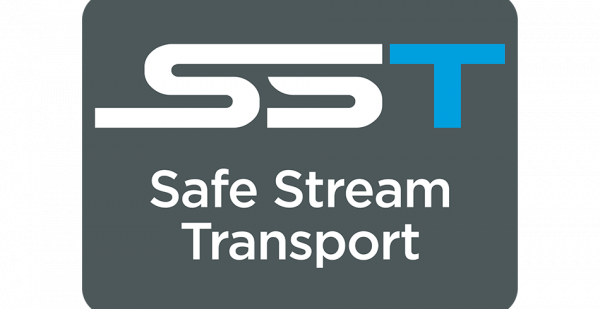Every year, IBC recognizes dynamic collaborative innovation with its Accelerator Program and 2022’s winning submission included Haivision’s video transmitters and mobile encoders to test 5G capabilities in remote locations.
Keep reading this post to learn more about what the Accelerator Program is, details on the winning project, and why it was so important to Haivision to be a part of it.
What is the IBC Accelerator program?
Created by IBC in 2019, the Accelerator program is designed to find solutions to some of the most pressing technology and business challenges in the industry, such as the transition to IP workflows, 5G for production and distribution, remote and distribution strategies, and more. The program promotes collaborative learning and experimentation towards discovering ways to solve these issues. Challenges are set by “Champions”, usually made up of broadcasters, studios and content providers, who are supported by “Participants”, vendors and solution providers.
The 2022 Project of the Year Award went to the team behind “5G Remote Production in the Middle of Nowhere”, which highlighted a private 5G network in a box solution developed by the University of Strathclyde in Glasgow and featured Haivision video transmitters and mobile encoders.
The challenges of 5G Remote Production
Some of the key challenges that broadcasters face with 5G remote production include limitations to backhaul (whether it be satellite, fiber, etc.), concerns over electrical power, and whether an entire portable network could be deployed quickly enough. The team set out to see if and how these factors would hinder their plan for 5G enabled remote production in the middle of nowhere, which they defined as “places where there is a lack of infrastructure to support a media broadcast”.
After testing their private 5G networks in remote locations in Kenya, Scotland, Ireland, and New Zealand, the team successfully proved that 5G-enabled remote production is achievable in locations that don’t have the infrastructure for an entire network. Some of the group’s key findings included that geography is not a limitation for successful remote production, 5G SDR private networks use a small amount of power and run off batteries, generators and renewables, cloud-based production reduces on-site carbon footprint, and that a 5G private network is easy and fast to deploy.
A game changer for broadcasters
Haivision provided the Haivision Pro 360, Pro 460, and Air 320 as primary contribution solutions to Neutral Wireless, who powered TV 2’s coverage of the Danish elections with our 5G mobile transmitters. Using Haivision technology, Neutral Wireless successfully demonstrated that private 5G networks can manage contribution no matter how remote they may be. The ultra-low latency, pristine video quality, and reliability of Haivision’s video transmitters and mobile encoders make them the ideal contribution solutions for private 5G networks located in remote locations or in crowded areas.
“We strongly believe that the potential for this technology is now established for broadcasting and that 5G private networks for remote production workflows will soon become the standard,” said Ronan Poullaouec, Senior Vice President, Engineering at Haivision. “Haivision is a pioneer in the 5G contribution space and has been consistently working to decrease glass-to-glass latency in our technology for private 5G networks which is a game changer for broadcasters, especially those producing live events and sports.”


























